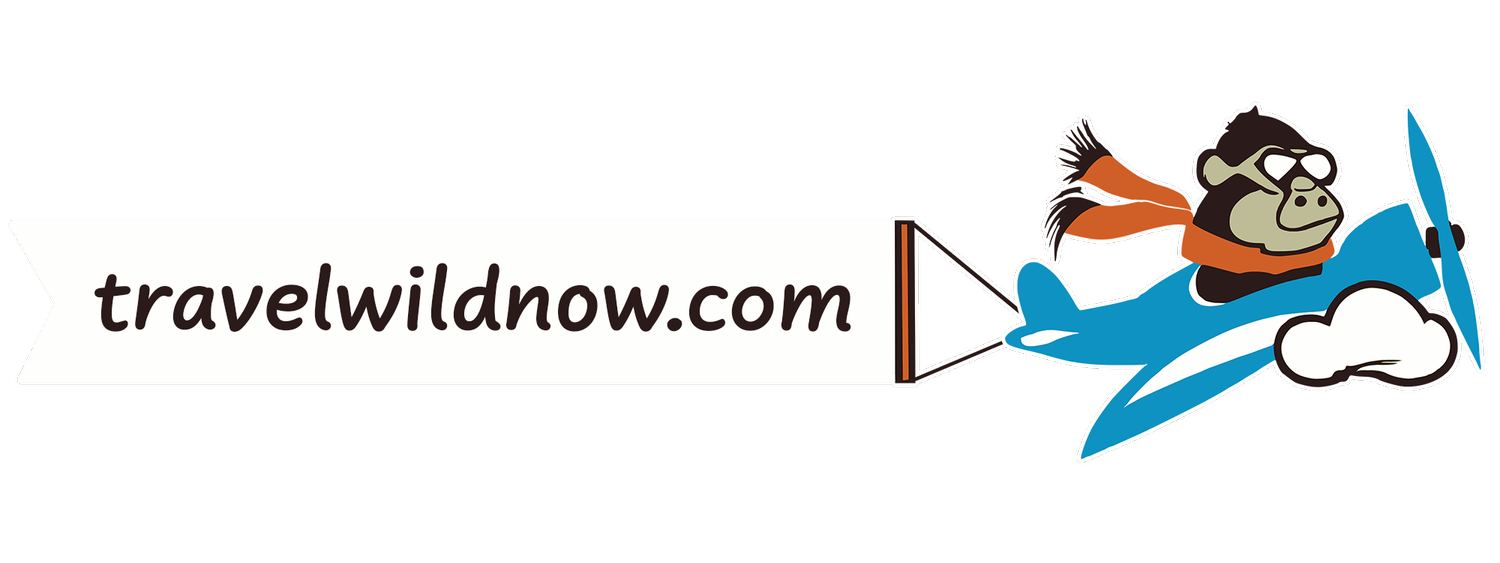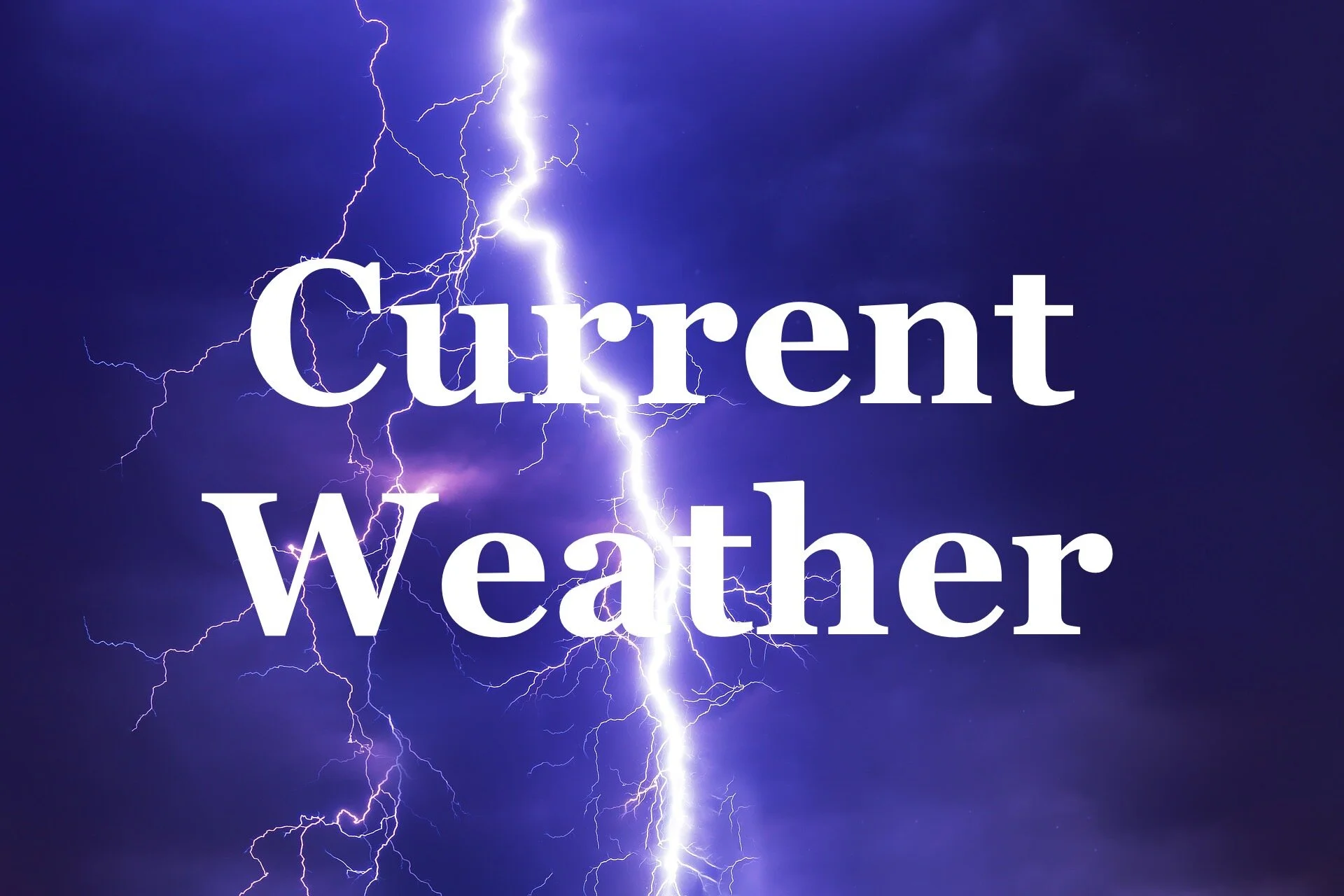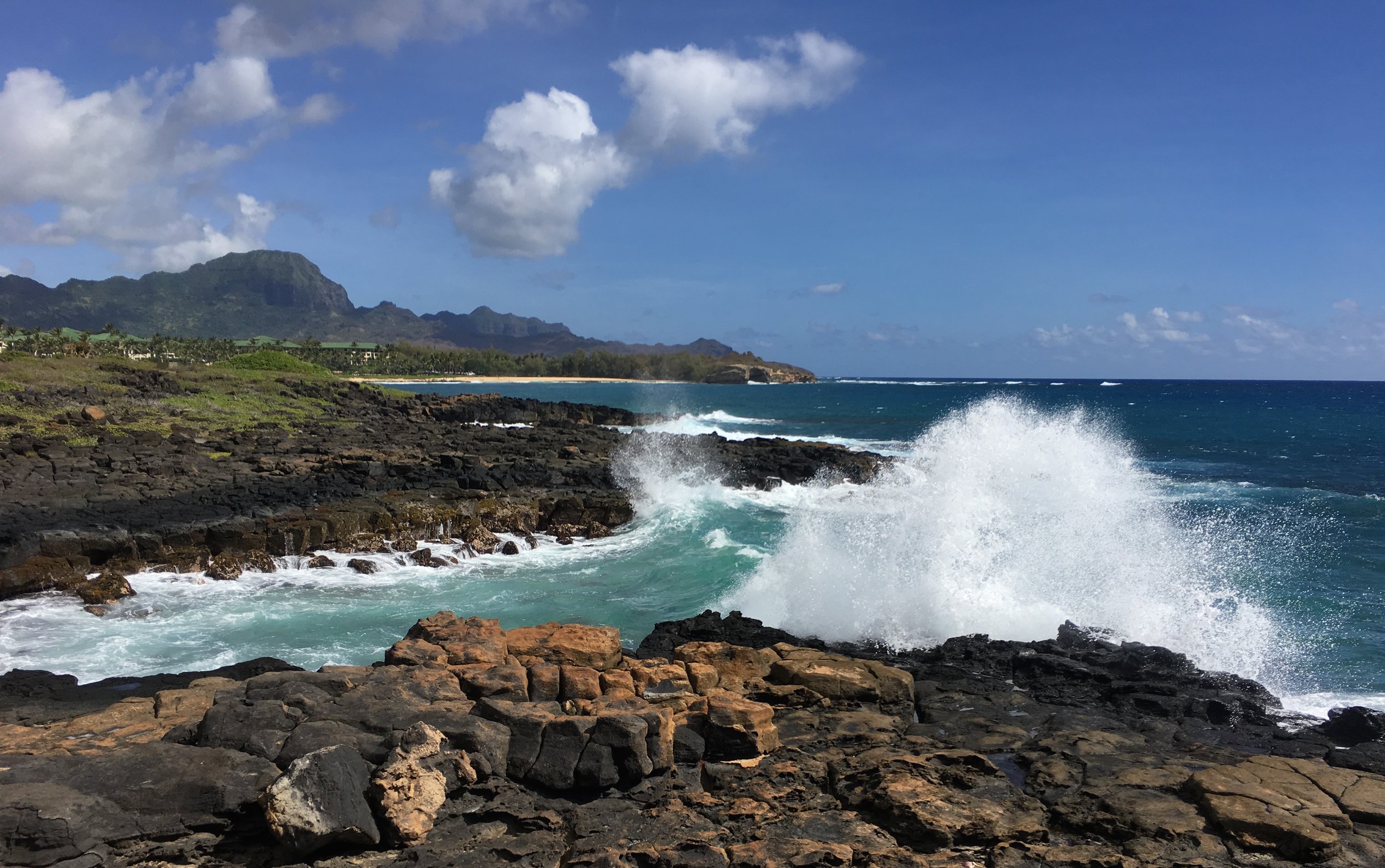
MOLOKAI 5 Days
Molokai is 38 miles long and 10 miles across at its widest point and is home to the highest sea cliffs in the world and the longest continuous fringing reef. Molokai remains true to its island roots, with a high percentage of its population being of Native Hawaiian ancestry who continue to preserve their rural lifestyle because of their love of the land.
On the island’s northern Kalaupapa Peninsula is a steep path leading to Kalaupapa National Historical Park, an isolated former leper colony below towering cliffs. The site can be viewed from the cliff top Kalaupapa Lookout in Palaau State Park.
Why visit? Molokai is not for the average Hawaii visitor. It is very quiet, very rural and very Hawaiian.
There is so little traffic on Molokai that there is not even a single traffic light. Visitors stay at one of the few condominium complexes, in a beach cottage or at the island’s one hotels. There are no mega resorts. No five-star restaurants. No crowds. No packed beaches or shopping malls. Basically, none of the things that make it like the other Hawaiian Islands.
Fly in and out of different islands – Maximize your time on the islands by flying into one island and out of another.
DAY 1
Arrive in Molokai and transfer to your hotel or condo.
🚗 Renting a car would be the most convenient option for getting around during your stay.
Where to stay - best lodging options are on the west side of the island.
Tip - the main town is Kaunakakai. It is best to stock up on food and supplies here.
Where you can buy groceries.
Friendly Market has the largest selection. Located at 90 Ala Malama Ave, Kaunakaka
If time permits, venture to the stunning beaches for sunset.
Driving times in Molokai.
Overnight: Western or mid-side of Molokai. (entire 4-night stay)
DAY 2
🏖️ Explore the stunning beaches on the western side of the island to kick-start your day.
Start with Papohaku Beach: This beach is a must-visit, stretching nearly three (3) miles in length and boasting a width of 100 yards. However, please note that swimming at Papohaku can be dangerous.
Opt for Kepuhi Beach: Located just a 5-minute drive away from Papohaku, Kepuhi Beach is a safer alternative for swimming and enjoying the ocean. It offers a beautiful coastal experience while ensuring your safety.
Map of beaches.
-
As of May 2025, Damien Tours on Molokai is not currently operating. Public access to Kalaupapa National Historical Park remains suspended, and all commercial tours—including those previously offered by Damien Tours—are on indefinite hold. National Park Service
The National Park Service (NPS), which co-manages Kalaupapa with the Hawaii State Department of Health, has not yet reinstated the application process for tour operators. This means there are currently no authorized tour providers, and no timeline has been announced for when tours might resume .
Although Damien Tours LLC, founded by Richard and Gloria Marks, was once the primary tour provider in Kalaupapa, the business has not resumed operations since the pandemic closures. The company's trade name registration expired in 2014 and has not been renewed.
For now, the only way to experience Kalaupapa is from the Kalaupapa Overlook at Palaʻau State Park on topside Molokai, which offers scenic views and interpretive exhibits. The NPS advises visitors to check its official website for updates on tour availability and park access .National Park Service+1DMCCHawaii+1National Park Service+2National Park Service+2Honolulu Civil Beat+2
If you're interested in visiting Kalaupapa in the future, it's recommended to monitor the NPS Kalaupapa page for announcements about the resumption of tours and visitor access.
DAY 3, WHEN TOURS RESUME:
Visit the Kalaupapa Historical Park, a former Leprosy colony.
Three (3) ways to get there:
1. Hike roundtrip - Distance: 3.5 mile (6 km) trail each way, - 26 switchbacks and you traverse a 1600-foot descent. You need to be physically fit.
Time: 1.5 hr. walk one way.
—To access the peninsula, you must have an official permit, which you can obtain by booking a guided tour. Hiking down without a permit is considered a criminal offense.
—You’ll need to pre-book a tour with Damien Tours & meet your guide at a designated signposted area at the end of the trail.
—You must hike down early in the morning to be at the bottom for the guided tour by 10 AM.
—It is the least expensive way to get to Kalaupapa.
—Always check if trail is open before heading down. During rain storms a muddy trail and landslides can occur resulting in closure until repairs are done.
2. Mule ride down and back.
Contact Molokai Outdoors (in addition they offer kayaking, snorkeling and hiking activities).
3. Fly: it’s a five (5)-minute plane ride. Mokulele Airlines: local: 808-495-4188 or toll-free: 1-866-260-7070
—Alert : as of 5/1/2025 Kalaupapa trail is closed. The Hawaii State Department of Health staff is working to welcome a limited number of visitors to the park again. Please continue to check this website for updates. <Check here for updates>
DAY 4
A relaxing day exploring the eastern part of the island.
On the tropical eastern shore, two (2) of the most popular beaches on Molokai are “Murphy’s” (aka-Kumimi Beach) and Waialua Beach. Located by the 20-mile marker.
Explore Halawa Valley - located at the end of the long serpentine road (State Route 450).
Join a tour with Halawa Valley Cultural Hike.
Kawili Beach - at the mouth of the majestic Halawa Valley, where the valley meets the coast.
A great spot for photos looking back up the valley.
Molokaʻi is home to the tallest sea cliffs in the world rising over 3,800 feet and the best way to see them is from the deck of a boat. Contact: Molokai Action Adventures with Walter Naki. Tel. 808-558-8184
DAY 5
Depart to one of the other Hawaiian islands.
Average cost:
(EXCLUDING AIRFARE)
$$$ USD for two (2) people
Budget: $1,100
Moderate: $1,300
Luxury: $1,700 +
🌤️ Climate Guide:
On average, the temperatures are always high...80's during the day, 60's at night
Most rainfall (rainy season) is seen in December and January.
Molokai has dry periods May through September.
The warmest months are June, July and August.
The coolest months are December through February.
In general, the rainfall is greater in the Windward side of islands.
The rainy season does NOT impose a real issue to visit the Hawaiian Islands.
Molokai Gallery
🎥 Video
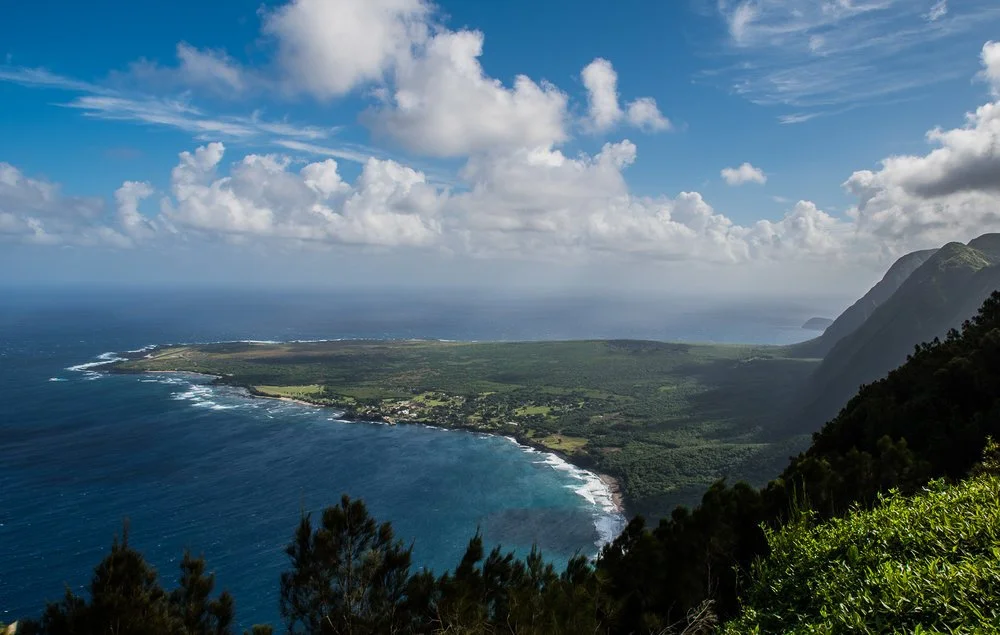

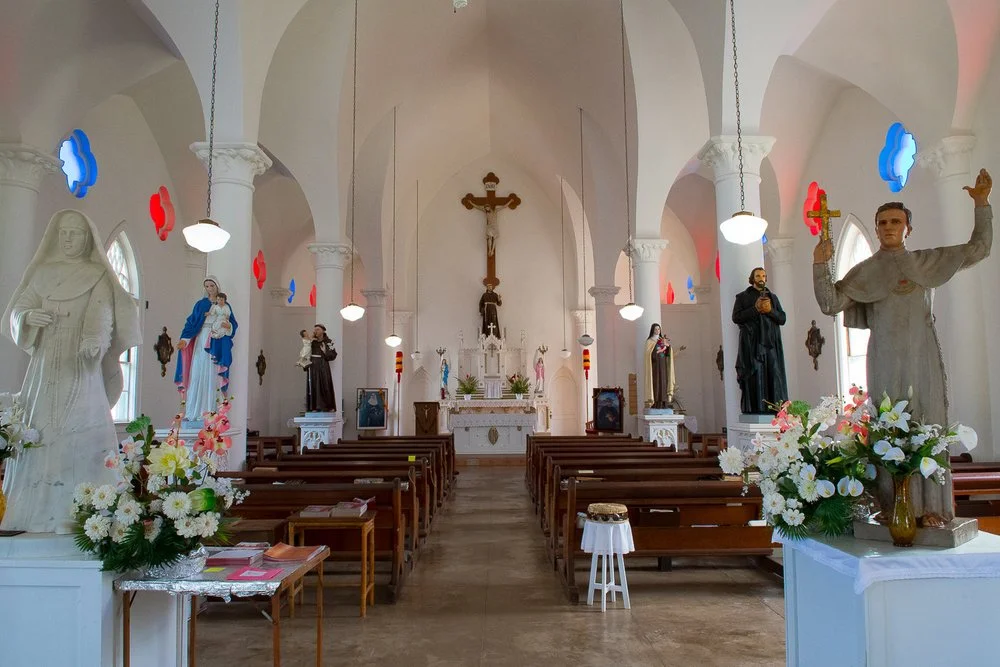
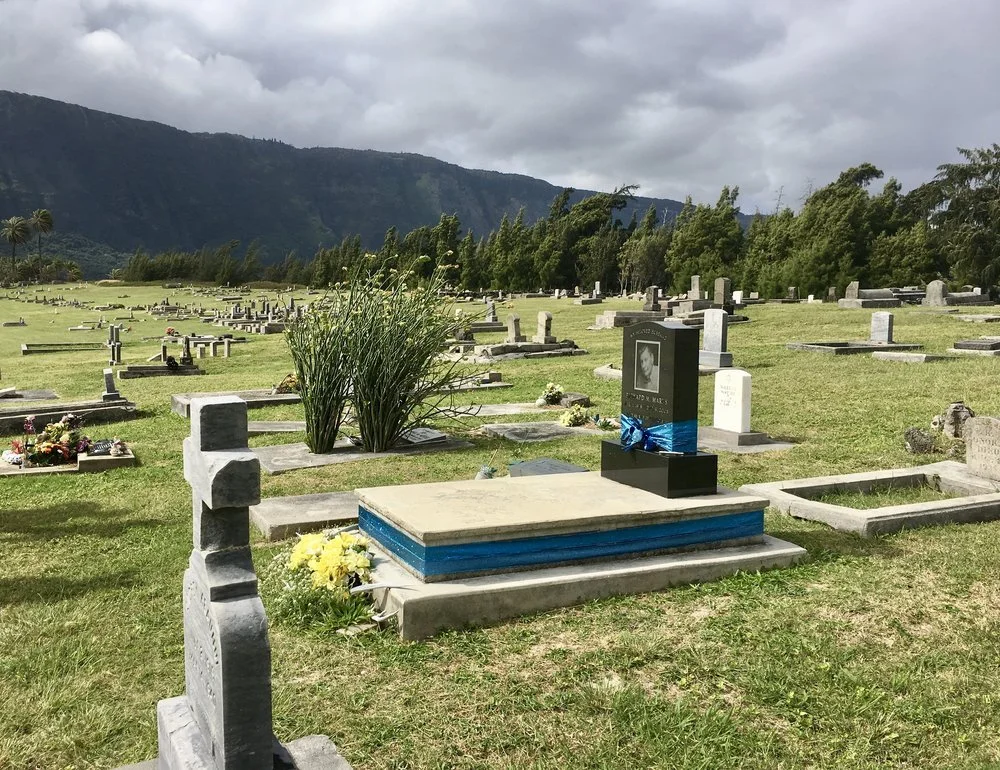
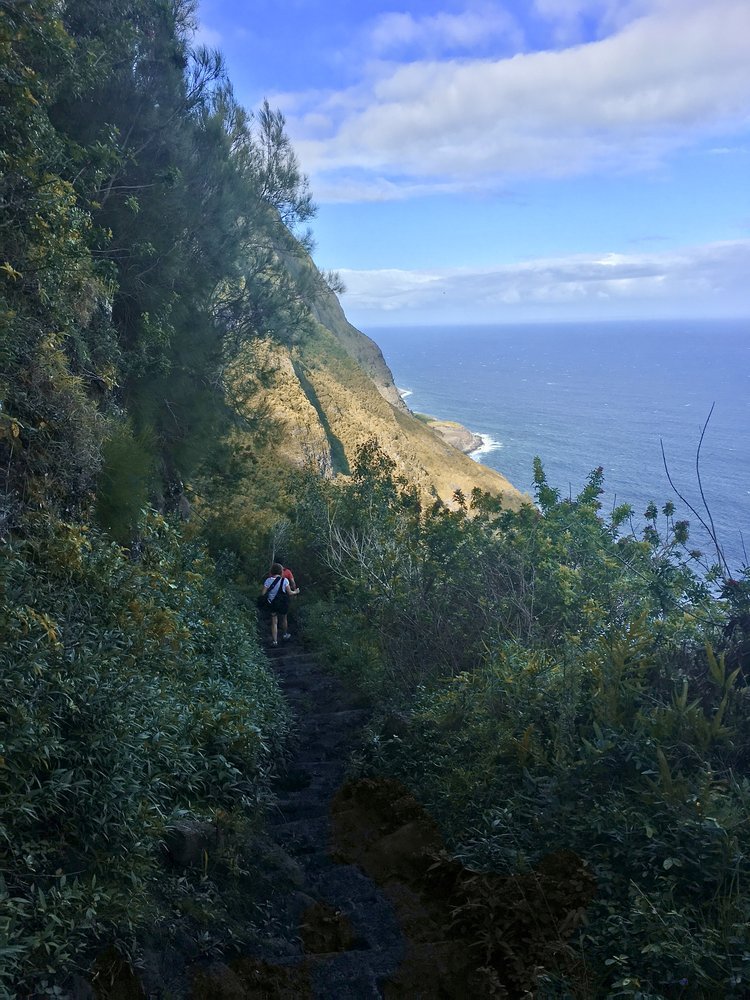
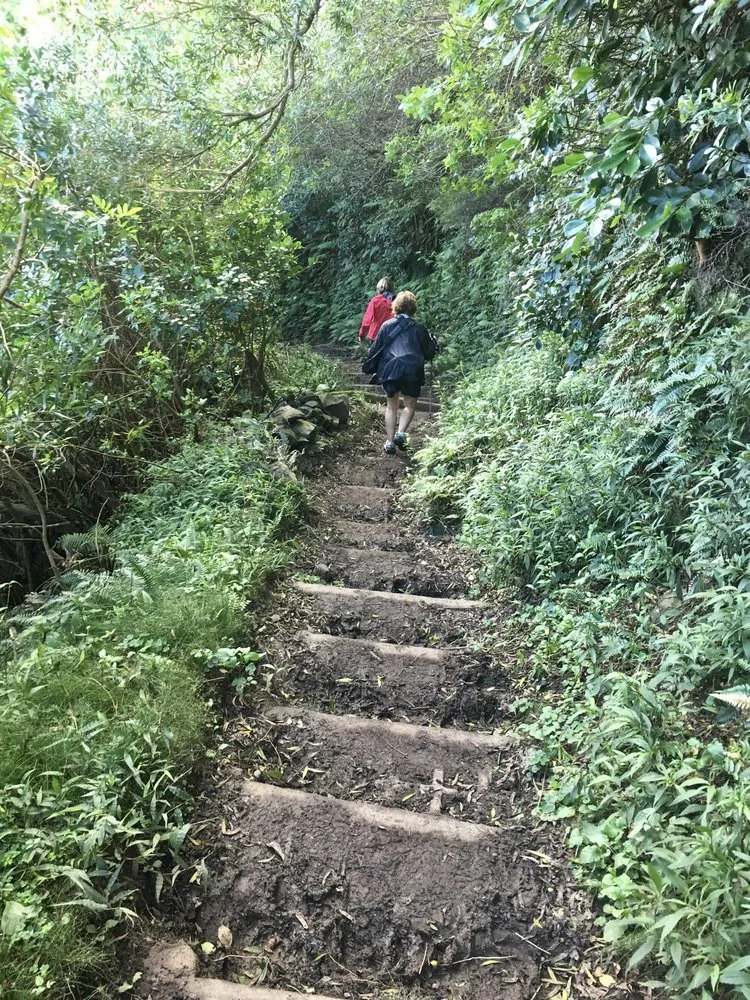

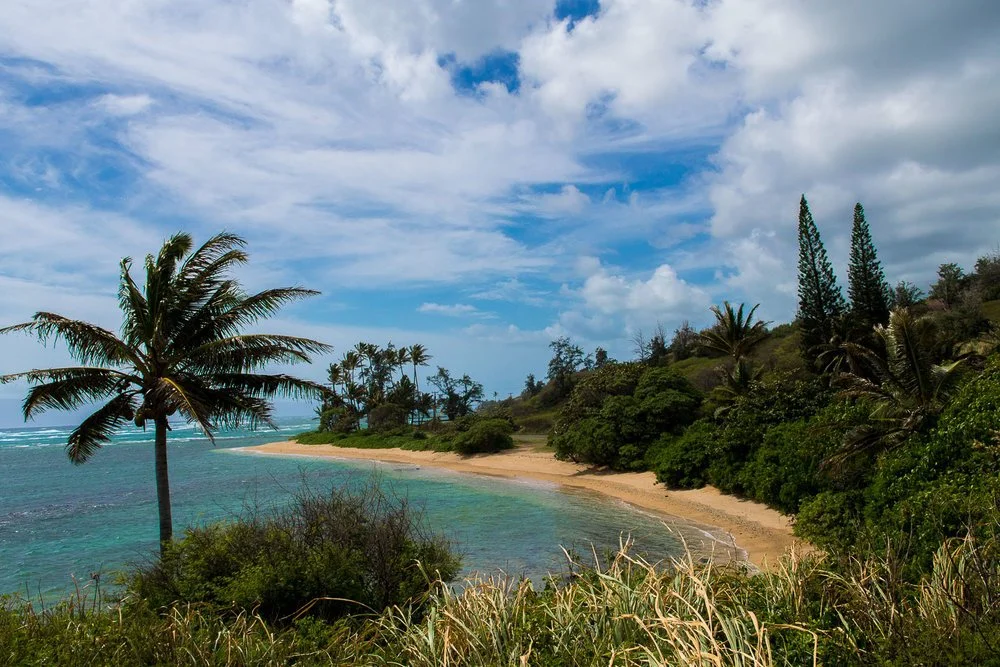


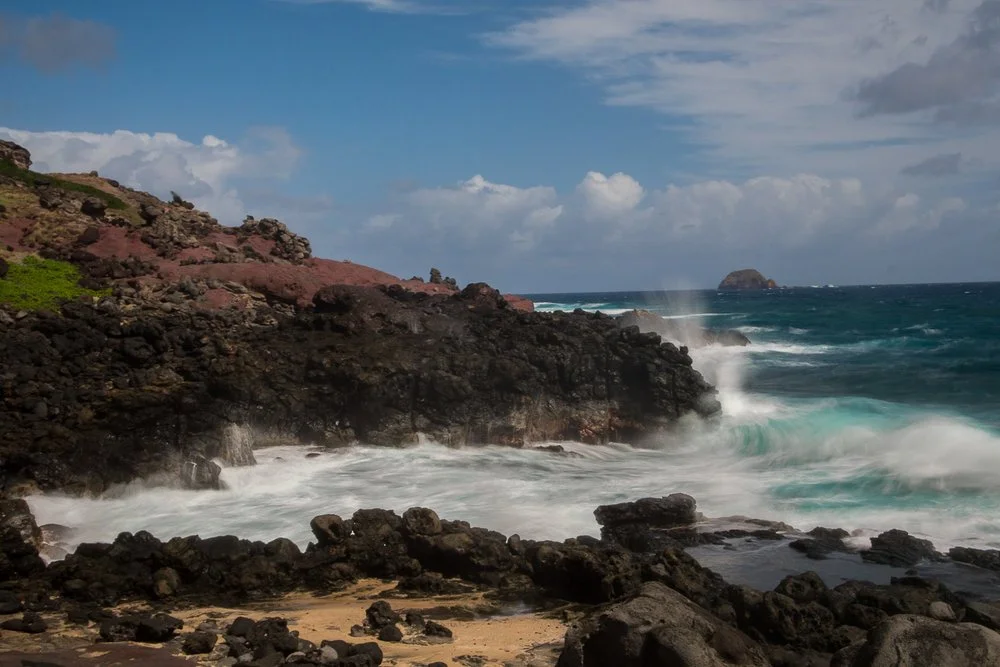
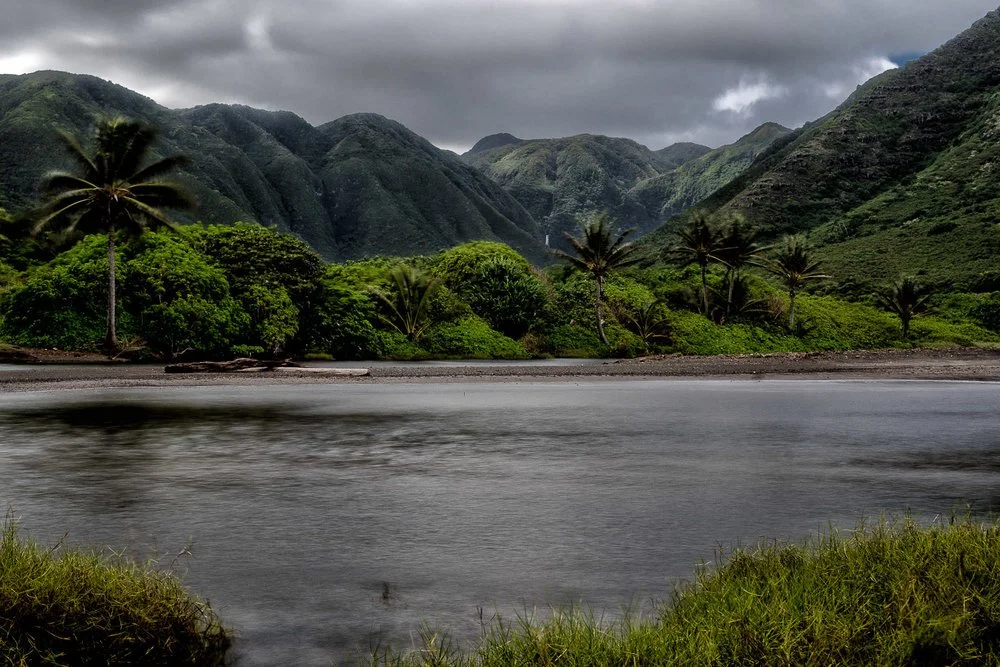
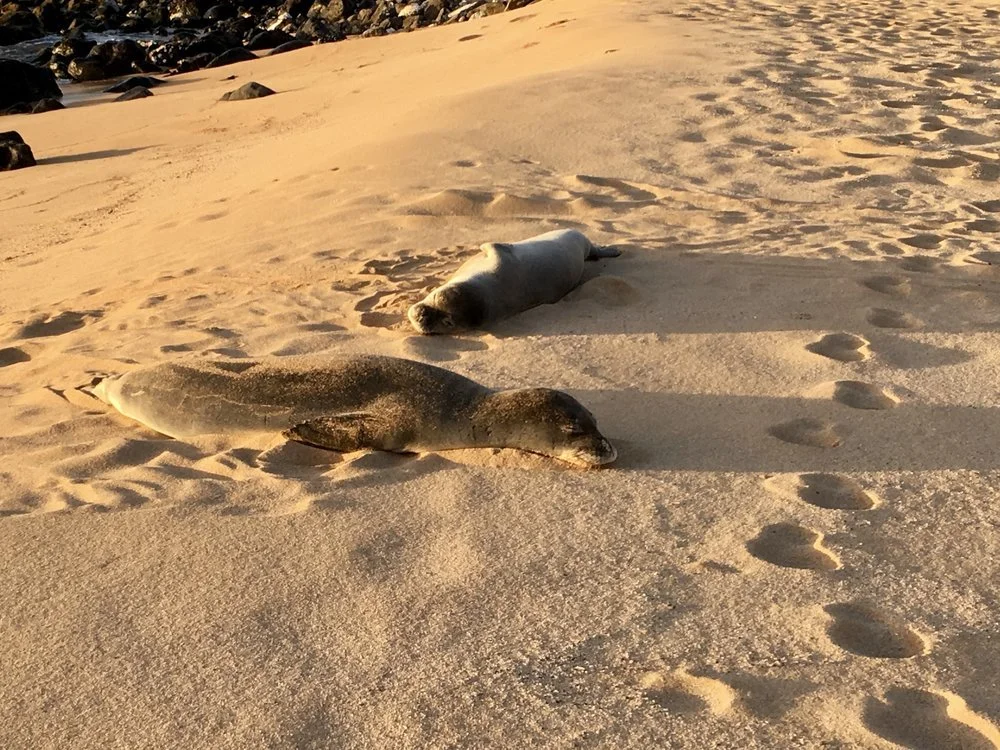
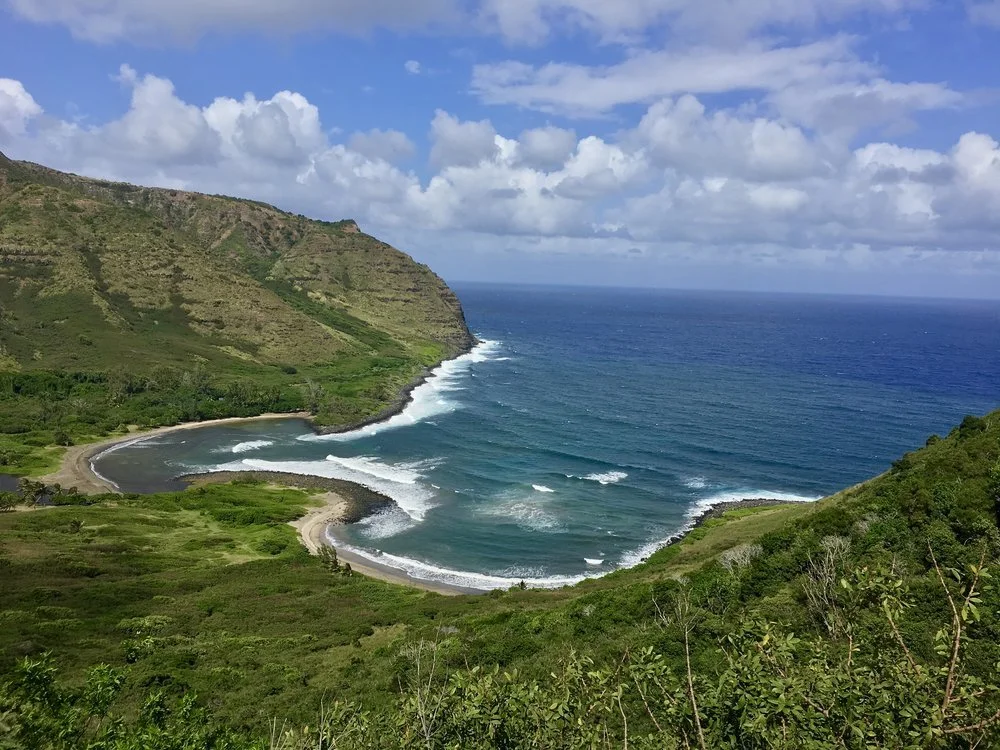

Sources: wikipedia.org, hawaiianhoneymoons.com., cheaphawaiitravels.comNo copyright infringement is intended on this website by travelwildnow.com